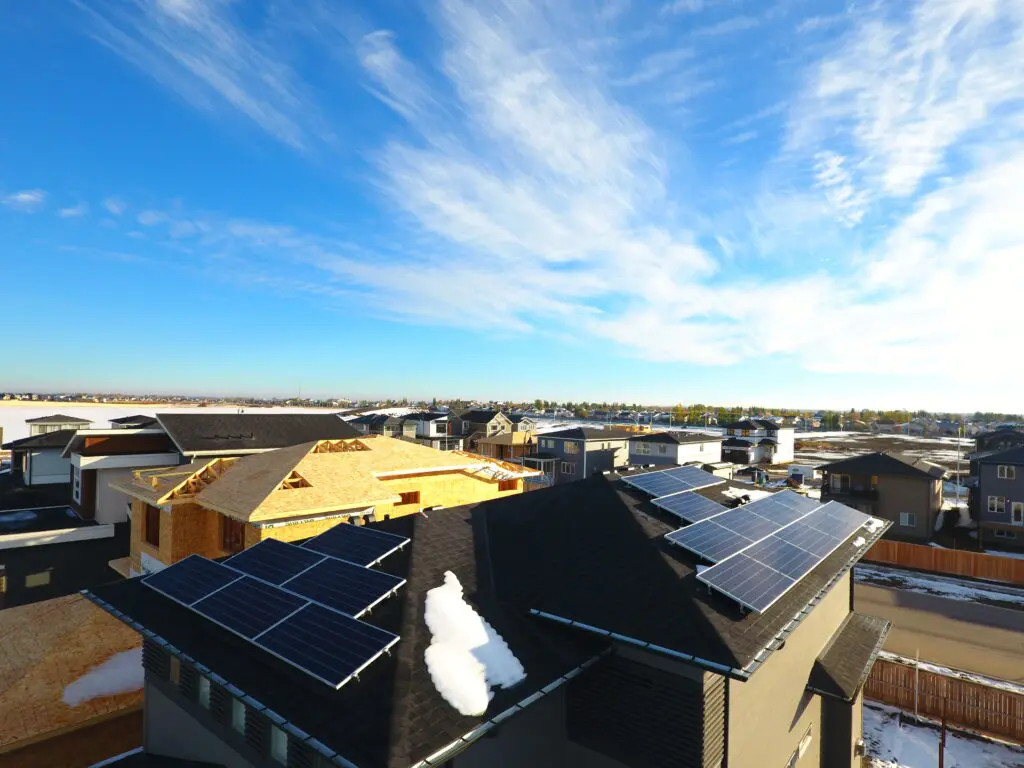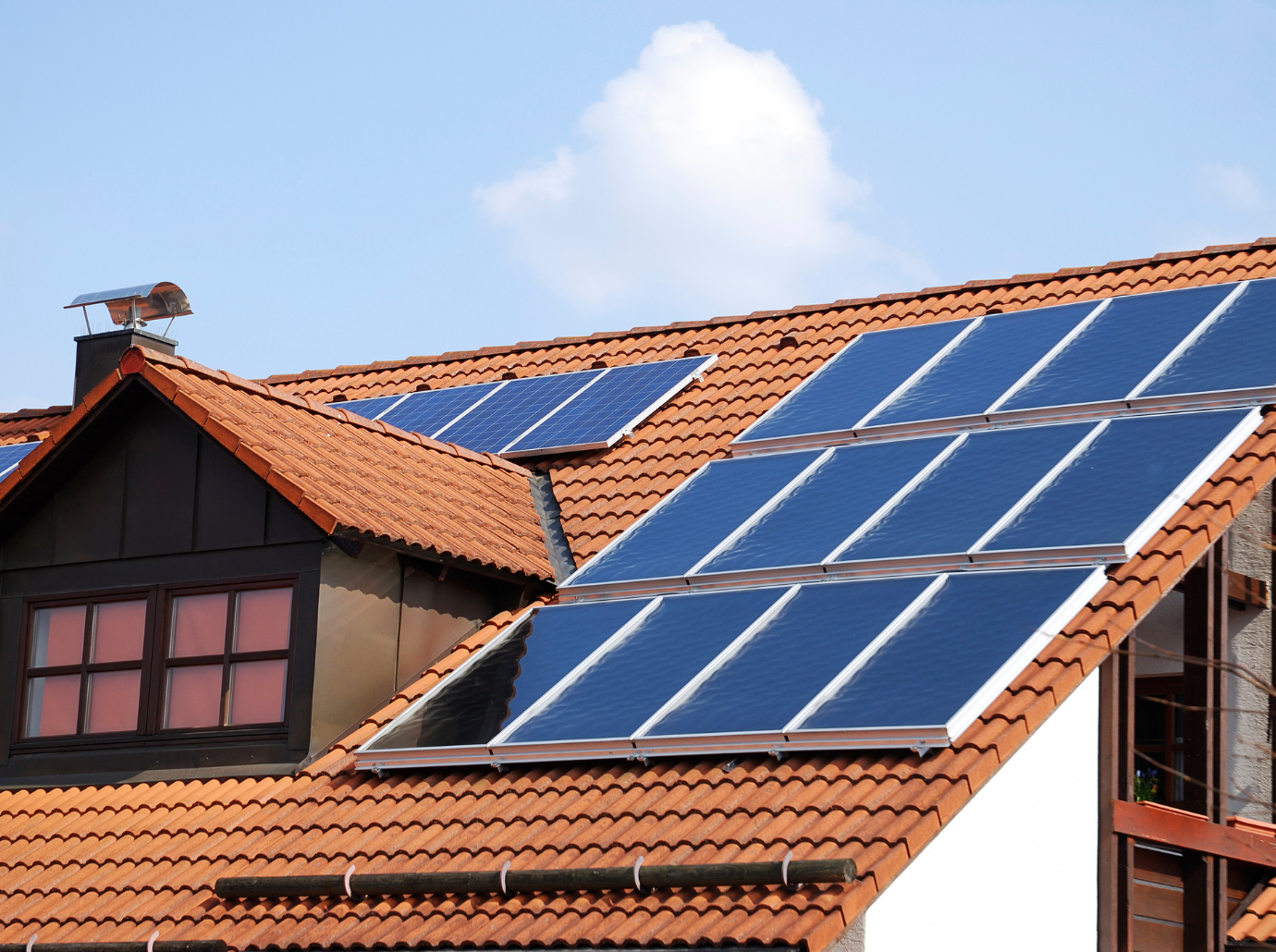
Energy efficiency alone won’t get us to net-zero emissions – Canada needs a lot more renewable electricity. It’s time to make use of the enormous untapped potential on the rooftops of homes and businesses, while also taking steps to improve building energy efficiency.

The Government of Canada’s new climate plan, released in December 2020, contains a host of measures aimed at exceeding our current reduction target for greenhouse-gas emissions under the Paris Agreement, of 30 percent below 2005 levels by 2030.
Support for energy efficiency is prominent in the plan, with the Government pledging $2.6 billion to help homeowners make their homes more energy-efficient.
It is vital that homeowners also have the opportunity to utilize these funds for investments in rooftop solar because, while measures to reduce energy consumption are crucial, they are not enough on their own.
The Federal plan asserts that by 2050, Canada will need to produce up to three times as much non-emitting electricity as it does today, just to meet increased demand from the clean electrification of transport, heating, and industry.
When making major investments in existing buildings, it is important to pursue both energy efficiency and energy self-supply. These investments are complementary and should be considered as a package, just as provinces like Alberta and Nova Scotia have done in their own energy-efficiency programs.
Rooftop solar is among the simplest and most straightforward, “no regrets” steps we can take on the road to net-zero.
Detractors will point to the fact that solar panels don’t work when it’s dark, and they’re absolutely right. But rooftop solar can help to provide the energy Canadian households need, when they really need it: during the day, when we use electricity the most. Furthermore, energy-storage technologies can help bridge the gap by providing electricity during non-sunny periods.
Over the course of a year, a 6-kilowatt residential PV system will generate at least 6,000 kilowatt-hours (kWh) of electricity. That’s enough to power an electric vehicle driving 15,000 km, as well as an electric water heater to meet a household’s annual hot water needs, with plenty of electricity left over for other household uses.
Powering an electric vehicle and a water heating system with solar electricity, rather than fossil fuels, would avoid approximately four tonnes of CO2 emissions each year, equivalent to a 40 percent reduction in the CO2 emissions of an average household.
To be sure, not all buildings are suitable for rooftop solar – some roofs face north, others are shaded by tall trees or neighbouring buildings. But there is no practical reason why Canada should not have ten times as many solar rooftops as we do currently.
Today, there are approximately 40,000 solar rooftops across Canada. Meanwhile, Australia has 2.5 million, the US has well over 2 million, and even Germany and the famously sunny UK each have well over 1 million solar rooftops installed.
We are far behind many of our peer countries in deploying rooftop solar. The good news is, we are now able to take advantage of incredible cost decreases in the technology, along with steady improvements in durability and performance. The cost of solar panels has fallen 90 percent since 2010. Panels have also become more durable – a solar rooftop installed today will reliably generate zero-carbon electricity for at least the next 30 years, with barely any maintenance.
Rooftop-solar generation, either stand-alone or paired with battery storage, can also be installed very quickly. Thanks to simple, efficient design and a straightforward permitting process, a residential rooftop-solar system can go from a gleam in the eye to fully operational in as little as two months.
While improving the energy efficiency of our buildings is a critical step on the path to net-zero, it is not enough to just find smarter ways of burning fossil fuels. Our buildings also need to produce and use more clean electricity to substitute for fossil fuels.
Policymakers should use new opportunities to retrofit buildings to achieve truly transformational change in how we generate and use energy, in order to fulfil the promise of Canada’s ambitious climate plan. Providing the resources to enable more Canadians to install solar rooftops would be a great start.
Click here to read CanREA’s statement on the federal climate plan.


